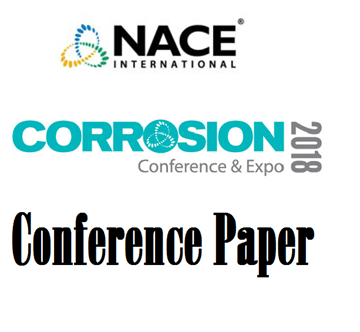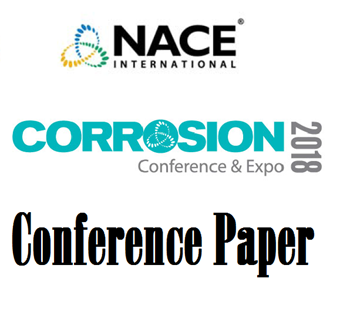Search
Pipelines, Tanks, and Underground Systems
View as
Sort by
Display
per page
51318-11218-A Case Study of Soil-Side Corrosion of Aboveground Storage Tanks in the Middle East
Product Number:
51318-11218-SG
Publication Date:
2018
$20.00
51318-11229-Sour Service Fitness for Purpose Testing of Linepipe using Full Ring 4-pt BB and Large DCBs
Product Number:
51318-11229-SG
Publication Date:
2018
$20.00
51318-11231-Effects of Seasonal Variation on AC Interference and Mitigation Design
Product Number:
51318-11231-SG
Publication Date:
2018
$20.00
51318-11242-Transformer Use for Mitigating Induced Alternating Current Effects on Pipelines
Product Number:
51318-11242-SG
Publication Date:
2018
$20.00
51318-11244- MIC Considerations for Cathodically Protected Encased Ductile Iron Pipelines: A Case Study
Product Number:
51318-11244-SG
Publication Date:
2018
$20.00
51318-11245-Abrasive Blasted Surface Preparation – Does the Pipeline Coating Industry Really Understand it?
Product Number:
51318-11245-SG
Publication Date:
2018
$20.00
51318-11258- Robotic Online Storage Tank Floor Inspection Case Study
Product Number:
51318-11258-SG
Publication Date:
2018
$20.00
51318-11259- Robotic Crawler ILI of Unpiggable 10” Natural Gas Pipeline in an Urban Area
Product Number:
51318-11259-SG
Publication Date:
2018
$20.00
51318-11274-Research on Current and Potential Distribution of Horizontal Directional Drilling Pipeline
Product Number:
51318-11274-SG
Publication Date:
2018
$20.00
51318-11295-The Impact of Biocide Choice and Dosing Strategy on Successful MIC Management under Anoxic and Flowing Conditions
Product Number:
51318-11295-SG
Publication Date:
2018
$20.00
51318-11300-Predicted and Actual Dig Outcome of Dry Gas Internal Corrosion Direct Assessment of Unpiggable Pipelines
Product Number:
51318-11300-SG
Publication Date:
2018
$20.00
51318-11311-Effect of n-hexane chloride and acetic acid on the stress corrosion cracking of API 5L X70 steel in ethanol fuel
Product Number:
51318-11311-SG
Publication Date:
2018
$20.00












